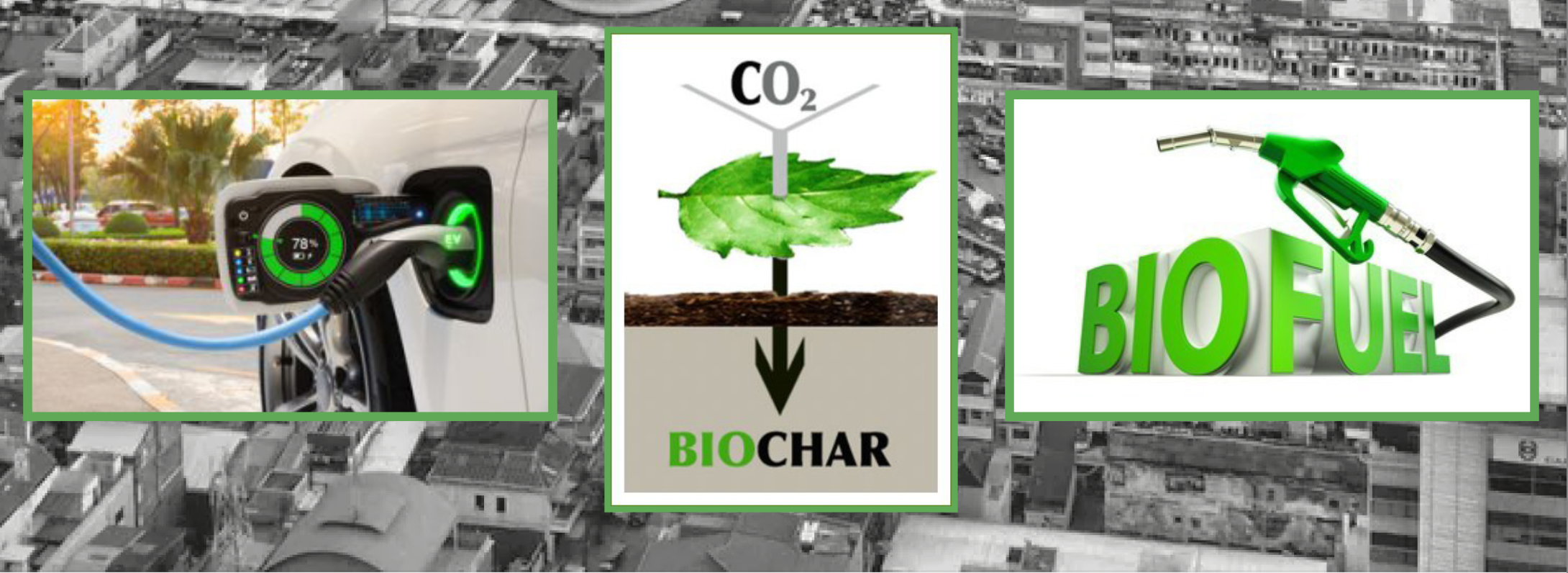
Feedstock for Pyrolysis
GGII Pyrolysis technology handles most types of solid waste (excluding construction and demolition and radioactive wastes) and targets waste that cannot be economically manually or mechanically recycled or reused. The biomass used in Pyrolysis is typically composed of cellulose, hemi-cellulose and lingin.

Municipal Solid Waste (MSW)
The benefit of GGII Pyrolysis process if that source separation is not required as co-mingled MSW can be manually and mechanically processed at GEI Mekong’s facilities using advanced sorting equipment at the front end of the WtE facility. Co-mingled MSW contains carbonaceous materials including organic materials, paper, plastics and other combustible materials which can be converted to energy using Pyrolysis hydro-cracking processes.
Industrial Waste, Tyres and End of Life Vehicle Plastics (ELV)
Industrial waste from manufacturers or garments, footwear, consumer durables, packing and food processors are high in rubber and plastics and are ideal for Pyrolysis feedstock with high calorific values and high conversion rates to pyrolysis oils, synfuel and also syngas for electricity production.
Waste tyres are a growing environmental problem and in developed countries, have been banned from landfills and classified as hazardous waste. In more advanced economies, disposal options include shredding used for fuel replacement for coal fired furnaces. The air emissions from burning tyres as fuel for incinerators produce higher levels of GHG emissions than the coal it is meant to be replacing.
Generally, 20% of high-grade rubber can be returned into the manufacturing processes with other small amounts of ground rubber used as feedstock for Pyrolysis facilities. In addition to the various energy off-takes (electricity, renewable diesel, heat, hydrogen and biochar), the GGII Pyrolysis process will deliver 20% to 30% char (carbon black) which can be further refined and turned into a carbon black which can be sold and recycled into feedstock for the production of new tyres.
End-of-life Vehicle Plastics (ELV) contain a variety of plastics and vinyls known as “shredder flock” which is all currently sent to landfill. This shredder residue, which constitutes approximately 25%-35% of the weight of the vehicle, and up to 60% of ELV volume, constitutes a significant cost to the recyclers to dispose of this material. These materials contribute to the volume of waste committed to landfill and contribute to the toxicity of leachate and air emissions which often escapes to the environment when landfills are uncontrolled and often burnt on a regular basis in developing countries.
Agricultural and Animal Wastes
Agricultural wastes with a moisture content of less than 60% can be used as feedstock for GGII Pyrolysis processes. Such wastes include plant residues from agriculture, horticulture and food processing factories. One of the greatest challenges of the meat and poultry industry is the effective treatment of the various waste streams associated with its production processes.
